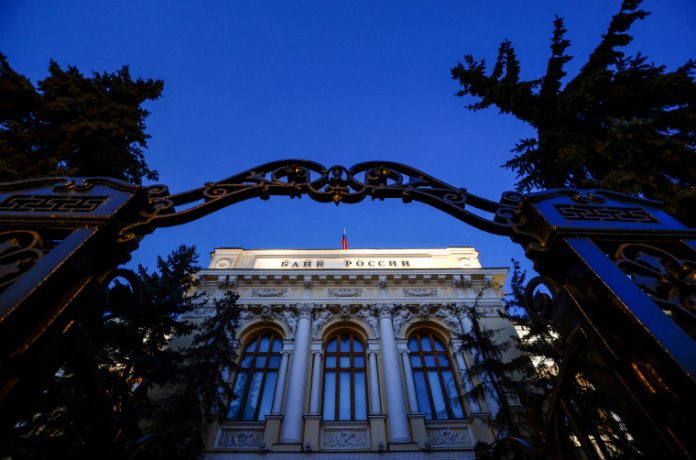A new CREA analysis shows that Russia has entered 2024 with an unprecedented amount of money in state coffers, helped by a record $37 billion in crude oil sales to India last year, CNN reports.
In a new analysis, experts concluded that some of the crude oil was refined by India and then exported to the US in the form of petroleum products worth more than $1 billion.
According to an analysis by the Centre for Research on Energy and Clean Air (CREA), exclusively provided to CNN, this stream of payments, which ultimately benefits Moscow, is because India has increased its purchases of Russian oil by more than 13 times its pre-war volumes. This is tantamount to New Delhi, a strategic partner of the US, replacing Western buyers with oil purchases reduced due to sanctions imposed over the conflict in Ukraine.
The sale of Russian oil to India is entirely legal and not subject to sanctions, but in examining the shipping route, experts have suggested that this huge volume of shipments may involve a so-called “shadow fleet” of tankers specifically created by Moscow to maximise the Kremlin’s profits.
Earlier this month, CNN witnessed what is likely part of this complex trade in the Greek port of Gythio. Two oil tankers – one massive, one smaller – stood next to each other for ship-to-ship transfers, which involves transferring crude oil between vessels, sometimes with the intent of hiding its origin and final destination.
Both vessels had left Russia a few weeks earlier. One belongs to an Indian company accused of involvement in sanctions violations, and the other was previously owned by a private individual subject to separate US sanctions, according to Pole Star Global, a shipping monitoring company. David Tannenbaum at Pole Star Global said:
“Transfers are (sometimes) done legally, but they’re also used as an illicit tactic to evade sanctions. You’re adding multiple layers to the shell game of vessels as they try and confuse authorities as to where this oil is coming from and who’s buying it at the end of the day.”
Analysts said that dozens of such operations take place every week in the Laconian Gulf of Greece, a convenient point on the way to the Suez Canal and Asian markets.
Earlier in February, the US Treasury Department imposed a new package of sanctions against ships and companies suspected of facilitating the transport of Russian oil in violation of US sanctions, in an attempt to thwart Russia’s shadow fleet.
In late 2022, the US led a coalition of countries that agreed on a “price cap” pledging not to buy Russian oil above $60 a barrel. These countries also banned their shipping companies and insurance firms – key players in the global shipping market – from facilitating trade in Russian oil above that price. Viktor Katona, head of crude oil analysis at trade research firm Kpler, said:
“The price cap was the real trigger for the creation of the shadow fleet. The longer the supply chains, the more difficult it is to disentangle ship-to-ship transfers, the more difficult it would get… to determine the real cost of a Russian barrel.”
Some oil trade between Russia and India is open and direct. Windward, a company specialising in maritime artificial intelligence, analysed ship movements around the world for CNN. The analysis found 588 direct voyages of oil tankers travelling from Russia to India last year.
India says it is not competing with Western countries for Middle East oil, but is keeping global prices lower. India’s Petroleum and Natural Gas Minister Hardeep Singh Puri said last week:
“If we start buying more of the Middle Eastern oil, the oil price will not be at $75 or $76. It will be $150.”
India’s complex role in the global oil trade is also reflected in the fate of petroleum products that are produced from Russian crude. Some crude oil is refined into petroleum products at refineries on India’s west coast and then exported to the United States and other countries that have signed sanctions against Russian crude. Products refined outside Russia are not subject to sanctions. Critics call this omission a “refinery loophole.”
According to CREA analysis, last year the US was the largest buyer of $1.3 billion worth of refined products from India made from Russian crude between the beginning of December 2022, when the price cap was imposed, and the end of 2023. The organisation’s estimates are based on publicly available freight and energy data.
The value of petroleum product exports increases significantly when US allies that also apply sanctions against Russia are included. CREA estimates that these countries will import $9.1 billion worth of refined products from Russian crude in 2023, up 44% from a year earlier.
